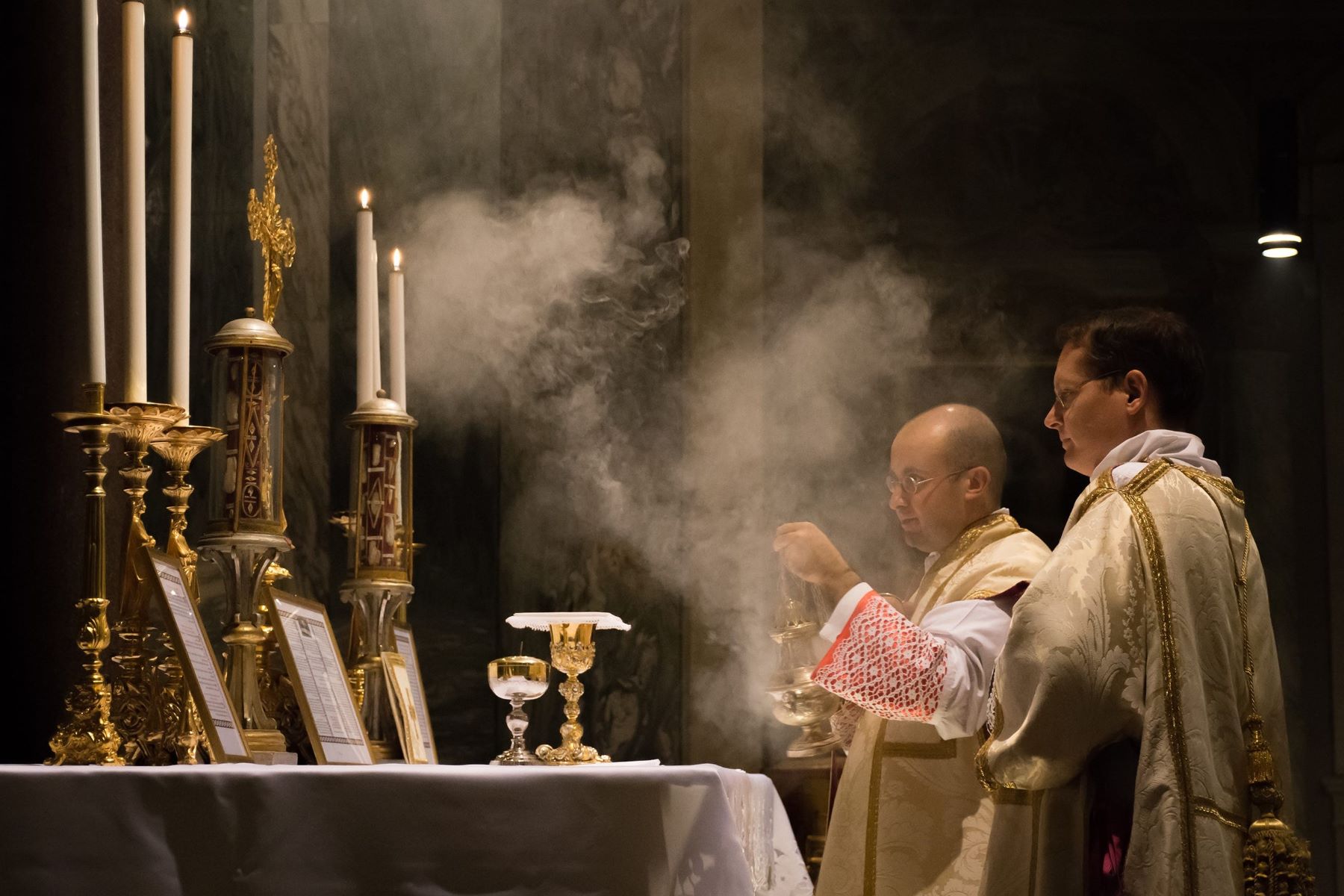
Exclaustration might sound like a complex term, but it holds a fascinating place in religious history. Exclaustration refers to a temporary or permanent release from monastic vows, allowing monks or nuns to live outside their religious community. This practice has roots in various religious traditions and can be granted for several reasons, such as health issues, personal crises, or even a calling to serve the broader community in different ways. Understanding exclaustration offers a glimpse into the flexibility and humanity within religious orders. Whether you're curious about the historical context or the modern implications, these 15 facts will shed light on this intriguing aspect of monastic life.
What is Exclaustration?
Exclaustration is a term not commonly heard in everyday conversation. It refers to the temporary or permanent release of a member from their religious vows and community. This concept is intriguing and has a rich history. Let's dive into some fascinating facts about exclaustration.
Historical Background of Exclaustration
Understanding the origins of exclaustration can provide context for its significance.
-
Medieval Roots: The practice of exclaustration dates back to medieval times when monastic life was more rigid. It allowed monks and nuns to leave their cloisters temporarily or permanently.
-
Canonical Law: Exclaustration is governed by canonical law, which is the legal system of the Catholic Church. This ensures that the process is orderly and respectful of religious commitments.
-
Papal Approval: Historically, exclaustration required the approval of the Pope. This high level of oversight underscores its importance within the Church.
Reasons for Exclaustration
There are various reasons why a member of a religious community might seek exclaustration.
-
Personal Crisis: Sometimes, individuals face personal crises that make it difficult to continue their religious duties. Exclaustration provides a way to address these issues without leaving the Church entirely.
-
Health Issues: Serious health problems can necessitate exclaustration. It allows individuals to seek medical treatment and recover without the pressures of religious life.
-
Vocational Doubts: Some may experience doubts about their vocation. Exclaustration offers time to reflect and discern their true calling.
Process of Exclaustration
The process of exclaustration is structured to ensure fairness and clarity.
-
Formal Request: The individual must submit a formal request to their superior, explaining their reasons for seeking exclaustration.
-
Evaluation Period: There is often an evaluation period where the individual's situation is assessed. This ensures that exclaustration is the best course of action.
-
Temporary vs. Permanent: Exclaustration can be temporary, lasting for a set period, or permanent, leading to a complete release from vows.
Life After Exclaustration
Life after exclaustration can be challenging but also rewarding.
-
Reintegration: Those who return to secular life must reintegrate into society. This can involve finding employment, housing, and building new social networks.
-
Support Systems: Many religious communities offer support to those who have been exclaustrated. This can include counseling, financial assistance, and spiritual guidance.
-
Continued Faith: Exclaustration does not mean abandoning one's faith. Many continue to practice their religion and remain active in their church communities.
Notable Cases of Exclaustration
There have been several notable cases of exclaustration throughout history.
-
Martin Luther: One of the most famous cases is Martin Luther, who was exclaustrated from his monastic vows before leading the Protestant Reformation.
-
Thomas Merton: The renowned Trappist monk Thomas Merton considered exclaustration at one point due to his struggles with monastic life.
-
Modern Examples: In recent years, there have been cases of exclaustration among nuns and monks who have left their communities to pursue different paths while maintaining their faith.
Final Thoughts on Exclaustration
Exclaustration, the act of a religious member temporarily or permanently leaving their community, is a fascinating topic with deep historical roots. It’s not just about stepping away from a life of vows; it’s a complex process influenced by personal, social, and sometimes political factors. Understanding exclaustration helps us appreciate the diverse paths individuals take in their spiritual journeys. Whether driven by a need for personal growth, external circumstances, or a change in belief, exclaustration reflects the dynamic nature of faith and commitment. It’s a reminder that even within structured religious communities, personal choice and change play significant roles. This topic sheds light on the human aspect of religious life, showing that faith is not static but evolves with time and experience. Keep these facts in mind next time you think about the lives of those in religious orders.
Was this page helpful?
Our commitment to delivering trustworthy and engaging content is at the heart of what we do. Each fact on our site is contributed by real users like you, bringing a wealth of diverse insights and information. To ensure the highest standards of accuracy and reliability, our dedicated editors meticulously review each submission. This process guarantees that the facts we share are not only fascinating but also credible. Trust in our commitment to quality and authenticity as you explore and learn with us.


